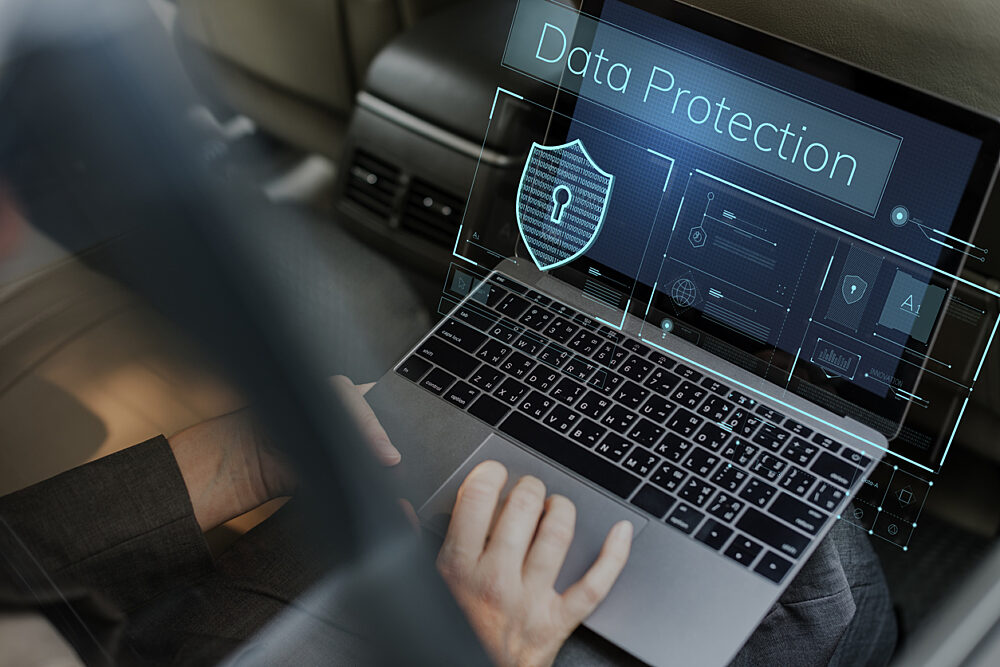When it comes to securing sensitive data and ensuring robust cybersecurity practices, the SOC 2 compliance framework stands as a crucial benchmark for service organizations. However, the specifics of what’s required under SOC 2 can sometimes be a bit elusive, particularly concerning vulnerability scanning.
Navigating the Cybersecurity Maze: ISO 27001 vs. SOC 2—Which is Right for Your Business?
SOC 2, crafted by the American Institute of CPAs (AICPA), outlines essential criteria for organizations handling customer data to ensure they meet stringent security, availability, processing integrity, confidentiality, and privacy standards. While the framework doesn’t explicitly mandate vulnerability scanning, it places immense emphasis on safeguarding data against potential threats and vulnerabilities.
So, here’s the catch: though SOC 2 doesn’t outright say, “Thou must conduct vulnerability scans,” it does demand evidence of comprehensive security measures. And guess what’s often considered a key piece of that evidence? You guessed it—vulnerability scanning.
Why is this the case? Think of vulnerability scanning as your digital armor. It’s like routinely checking your house for potential entry points that burglars could exploit. In the digital realm, these vulnerabilities could be loopholes or weaknesses in your systems that malicious actors could exploit to access sensitive information. By conducting vulnerability scans, companies identify these weak spots and fortify their defenses.
Download the Complete Guide to Vulnerability Scan Types
Now, while SOC 2 doesn’t prescribe a specific checklist of tasks, it prioritizes the security and protection of sensitive data. That’s why companies aiming for SOC 2 compliance often turn to vulnerability scanning as a proactive measure to demonstrate their commitment to robust security practices.
But wait, there’s more to it. SOC 2 isn’t just about performing the scans; it’s about documenting and providing evidence that these scans are conducted regularly. It’s akin to showing your receipts after you’ve installed a top-notch security system in your home. You need proof that you’re taking the necessary steps to keep things safe.
For SOC 2 compliance, companies are required to present evidence that they’ve implemented security measures effectively. This could include records of regular vulnerability scans, reports detailing identified vulnerabilities, and documented steps taken to address these weaknesses. In essence, it’s not just about doing the scans—it’s about having a process in place, acting upon findings, and keeping records to show your due diligence.
In conclusion, while SOC 2 doesn’t explicitly mandate vulnerability scanning, it’s a powerful tool in a company’s arsenal to demonstrate compliance. By conducting regular scans, companies not only fortify their defenses but also provide the necessary evidence to showcase their commitment to securing sensitive data—a win-win situation in the complex world of cybersecurity and compliance. Talk to a Cybersecurity & Compliance Pro.


